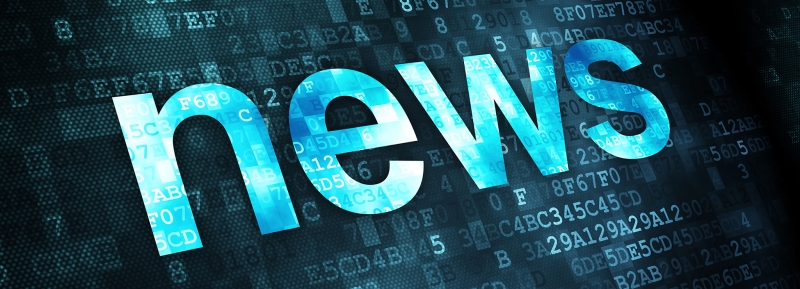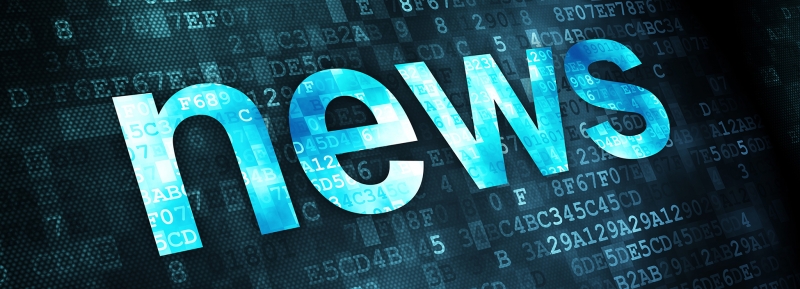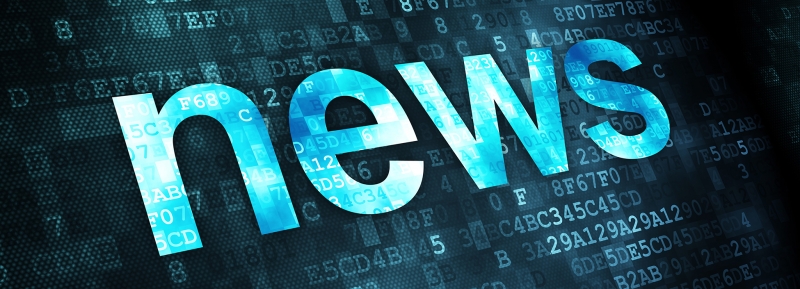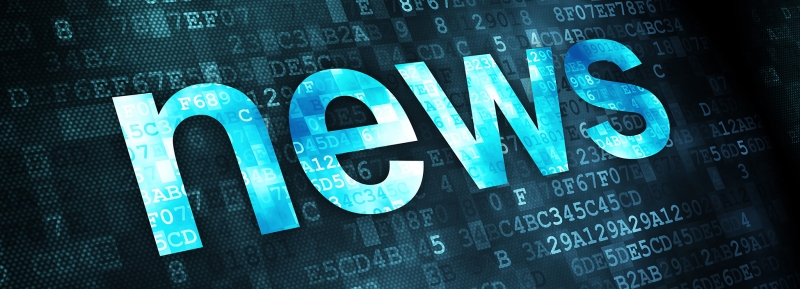Global Steel Industry Shocker: Nippon Steels 14.9B Takeover of U.S. Steel Reshapes Industry Landscape

Core Transaction Structure and Strategic Vision
On May 23, 2025, U.S. President Donald Trump announced the approval of Nippon Steel's $14.9 billion acquisition of U.S. Steel (including liabilities), marking a historic merger. Once completed, the combined annual crude steel capacity will reach 60 million tons, vaulting the entity to the third-largest global steel producer. With planned new capacity, this could surge to 86 million tons, potentially surpassing ArcelorMittal as the world's second-largest 24.
Nippon Steel will inject $14 billion into U.S. Steel, with $4 billion earmarked for a cutting-edge steel mill in Pennsylvania—the largest single industrial investment in the state's history. U.S. Steel's headquarters will remain in Pittsburgh, with Trump emphasizing that "U.S. Steel will remain under American control," framing the deal as a "strategic partnership" rather than a full takeover 24.
Political Turmoil and Regulatory Hurdles
The transaction, initiated in late 2023, faced intense scrutiny. The Biden administration blocked the deal in January 2025 over "national security concerns," sparking protests from Nippon Steel and fears among the United Steelworkers Union (USW) 29. Trump's reversal reflects a broader geopolitical bargain: Japanese Minister for Economic Revitalization Ryō Akazawa, concurrently negotiating tariff policies in Washington, sought U.S. reassessment of steel and aluminum tariffs in exchange for the merger 110.
A pivotal turning point came with the U.S. Committee on Foreign Investment (CFIUS) review. Despite internal 分歧,CFIUS approved the deal with safeguards: retaining union jobs, technology transfer commitments, and a "golden share" allowing U.S. government oversight of board decisions 210. U.S. Steel pledged to maintain its American identity and leverage Japanese expertise for modernization, while Nippon Steel vowed to inject green technology 24.
Industry Implications and Market Reactions
This merger signals a new era of global consolidation. Nippon Steel gains U.S. Steel's leadership in premium automotive and electrical steel, while leveraging its own hydrogen-based direct reduction (HDR) and electric arc furnace (EAF) technologies to accelerate U.S. Steel's decarbonization 49. Analysts predict this will redefine North America's steel market dynamics, potentially triggering ripple effects across regions 6.
Capital markets reacted positively: U.S. Steel shares surged 23% on May 23, hitting a five-year high, while Nippon Steel rose 7%, reflecting confidence in synergies 6. However, industry groups warned of monopolistic risks, particularly in niche sectors like electrical steel and stainless steel 6.
Geopolitical and Economic Undercurrents
The deal embodies U.S.-Japan collaboration on supply chain security and industrial policy. Trump hailed it as a "manufacturing resurgence" hallmark, projecting 70,000 jobs and $14 billion GDP growth 45. Nippon Steel, meanwhile, secures a foothold in North America to counter China's steel expansion and bypass U.S. 25% steel tariffs by producing "American-made" steel 14. Notably, the transaction includes Nippon Steel transferring hydrogen steelmaking technology to U.S. Steel, aligning with U.S. decarbonization goals 49.
The merger also addresses global overcapacity. A May 27 OECD report highlighted 721 million tons of excess steel capacity by 2027, urging structural reforms 78. Nippon Steel's integration model—optimizing capacity and resource efficiency—could set a precedent for addressing this crisis 7.
Challenges and Risks Ahead
While politically endorsed, the merger faces hurdles:
1. Cultural Integration: Divergences in U.S.-Japanese management styles and union dynamics may hinder synergy realization, as seen in ArcelorMittal-Tata Steel integration issues 6.
2. Technological Timelines: Nippon Steel's HDR technology remains unproven at scale, requiring significant investment and time 9.
3. Tariff Uncertainty: U.S. congressional proposals for differentiated steel tariffs could disrupt post-merger cost structures 10.
This trans-Pacific steel alliance is both a fusion of capital and technology and a geopolitical chess move. Its success hinges on executing $14 billion in investments and navigating U.S.-Japan coordination on industrial security and green transitions. As the June G7 Summit approaches, this deal will serve as a critical barometer of global economic power shifts.
https://m.jrj.com.cn/madapter/usstock/2025/05/28073150698443.shtml




 Send Email
Send Email caitlynqiu
caitlynqiu